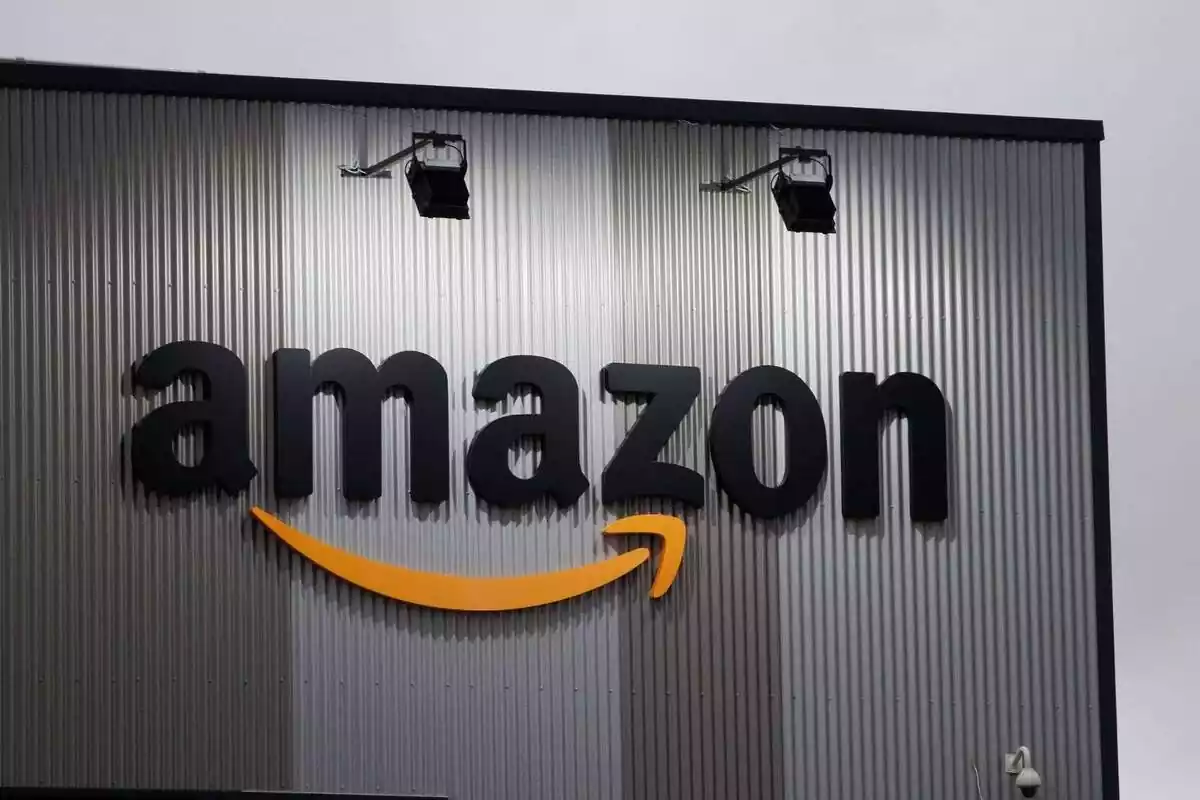In recent years, Shein and Temu have become synonymous with fast, cheap fashion for millions of American consumers. Their presence on social media, especially on TikTok, seemed unstoppable and many young people enthusiastically shared their purchases. However, that euphoria is changing, and Americans' shopping habits are starting to take a different direction.
Behind this change are several factors that have caused these low-cost fashion giants to lose strength in the American market. According to Retail Dive, spending on Shein fell by more than 10% in the week ending May 11, while Temu suffered an even greater drop of 20%. These declines are partly due to tariff increases and trade tensions that have affected their prices, creating uncertainty among their customers.

The wear and tear of Shein and Temu among consumers
What was the perfect formula a few years ago—very cheap clothing and easy access—now shows signs of wear. Shein and Temu tried to raise their prices to cover costs, but they were forced to quickly backtrack. This shows the extreme sensitivity of their buyers to any increase, no matter how small, and the strategy of offering low prices is losing effectiveness.
Ben Parkes, from Similarweb, points out that "we're not going to see the spending levels that Shein and Temu used to have in the United States." A market readjustment is taking place that favors other platforms.
Although some sales are shifting to TikTok Shop and DHgate, the winners are more well-known and established names: Amazon, Zara, and Asos, among others. These players are taking advantage of the opportunity to regain ground while Shein and Temu struggle to keep their share.

Amazon and the new shopping habits ahead
Although Amazon isn't the first option that comes to mind when we talk about fast fashion, it's quietly gaining ground. In the past six months, the women's clothing category on Amazon has grown by more than 26%, according to Similarweb. This growth is due to its combination of speed, competitive prices, and reliable deliveries, something many consumers value after frustrating experiences with delayed shipments and questionable product quality.
Moreover, the change goes beyond Amazon; some consumers are turning to discount department stores like Nordstrom Rack. Others prefer sportswear brands like Columbia and Foot Locker, and even companies like Aeropostale and American Eagle are seeing an increase in demand. The focus is no longer on getting the cheapest garment, but on finding reliable options with good service and fast delivery.
Although Shein and Temu are trying to adapt, exploring expansion in Europe and improving their logistics in the United States, their dominance in the North American market seems somewhat weakened. For many young people who used to boast about buying dozens of garments for little money, priorities are now changing. Those who've been able to listen to this change are the true winners in this new online fashion landscape.

